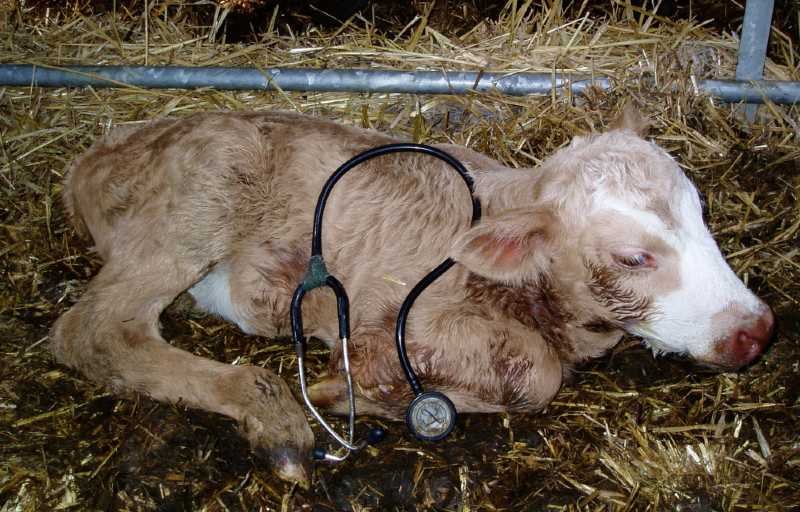Optimising vet visits to eradicate BVD

As the Defra Annual Health and Welfare Review funded vet visits gather pace and roll out to more farms during 2023, there are some key points to consider relating to BVD, the main cattle disease focus for the scheme.
“With the target being to eradicate BVD in England by 2031, there are huge benefits to these vet visits and making the most of them is key,” says veterinary adviser, Kath Aplin from Boehringer Ingelheim Animal Health, the makers of Bovela®, the UK’s leading BVD vaccine1.
Using BVD Free England’s “ADAM” framework2 is a good way to approach BVD control on any farm:
- Assess risk: What is the risk of BVD getting on to your farm? For most cattle farms, whether beef or dairy, 100% biosecurity is impossible – even closed herds have biosecurity gaps, such as people coming onto the farm.
- Define status: Take samples to find out whether active BVD infection is present on the farm. Your vet will advise on the most appropriate tests, which will vary between farms.
- Action plan: Whether active BVD is present or not, an action plan will be needed. Make a plan to remove persistently infected cattle if present, and to protect the herd against possible future infection, based on your initial risk assessment – for most farms this will include a combination of vaccination and biosecurity measures.
- Monitor: Ongoing regular testing provides an up-to-date herd status – important if trading cattle – and a check that the action plan is working.
“Some of the most common reasons for BVD getting back into herds that were BVD free, are oversights and mis-haps. Having a written protocol, discussed with the vet at one of these visits could help minimise the chances of this happening,” Ms Aplin states.
References
- Kynetec 2021 Market Share Data
- AHDB https://ahdb.org.uk/bvdfree-england#:~:text=Bovine%20viral%20diarrhoea%20%28BVD%29%20is%20one%20of%20the,BVD%20from%20all%20cattle%20in%20England%20by%202022. Accessed Jan 2023
- 3rd April 2023
